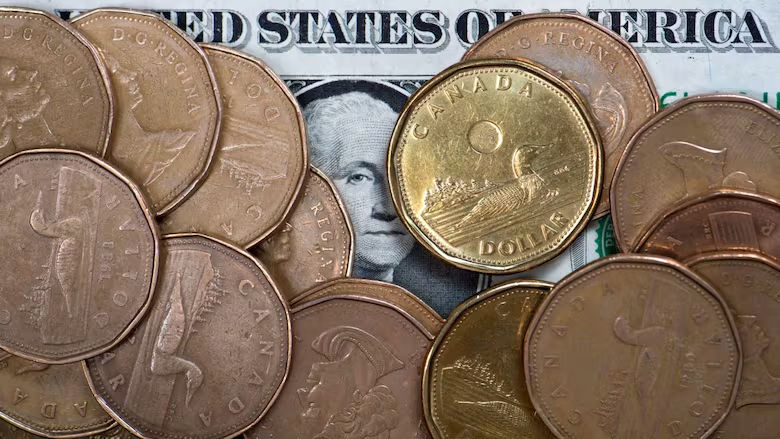Canadian dollar falls 16%, TSX down 11% in bleak 2015
Falling oil prices and stalled economy make 2015 a year to forget

On the last trading day of the year, Canada's currency, benchmark stock index and main export are all poised to finish 2015 in much worse shape than at the start of the year.
At the close on Thursday, the S&P/TSX composite index was trading at 13,009, down about 132 points on the day and falling about 11 per cent compared with where it was a year ago, when the index closed out 2014 at 14,632. That's the worst year for the TSX since 2011.
It peaked at 15,524 on April 15 and has fallen 16 per cent since then.
The TSX has been waylaid through much of the year by a Canadian economy that can't gain any traction, as economic output was either flat or in outright recession for large swathes of the year.
"It's fair to say that 2015 was not a great year for the Canadian economy or its forecasters alike," TD Bank economist Leslie Preston wrote in a research note this week.
By contrast, the Dow is down 2.2 per cent on the year, the S&P 500 less than one per cent and the Nasdaq gained 5.7 per cent, closing at 5,007.
The TSX's biggest drag has been oil prices, which this year continued the decline they started in the latter half of 2014.
Since Dec. 31 last year, the price of a barrel of West Texas Intermediate has lost 38.6 per cent in 2015, far and away its worst year since the global financial crisis in 2009.
The price of WTI gained a little on Thursday, up 46 cents to $37.05 US a barrel. But that's cold comfort for investors who remember oil prices above $100 US a barrel less than 18 months ago.
Oil's slide has been devastating news for the Canadian dollar, which is on track for its second worst year on record, down 16 per cent this year. That's almost as bad as the worst year ever, when the loonie lost 18.6 per cent of its value in 2008.
"To put this year's carnage in perspective," BMO economist Doug Porter said recently, "the third worst year was 1992, when it fell by just over nine per cent."
The loonie was changing hands at 72.34 cents US on Thursday, up about a third of a cent from Wednesday's close.